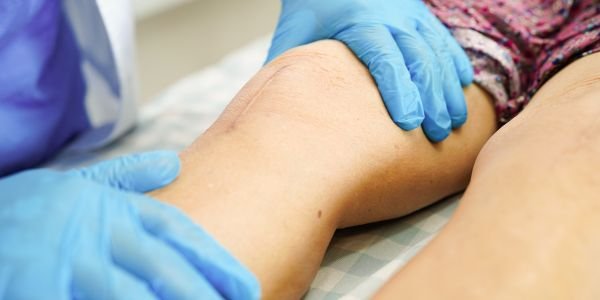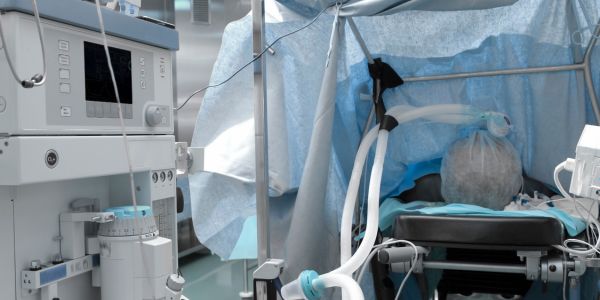Table of Contents
Knee replacement surgery, also known as arthroplasty, is a major medical procedure that can offer relief from debilitating knee pain and restore mobility to patients who have suffered from chronic knee conditions. While the surgical procedure itself has a high success rate, the recovery process plays an integral role in achieving optimal outcomes. Proper post-operative care can mean the difference between successful rehabilitation and setbacks or complications.
Here, we highlight the top 5 mistakes patients often make after undergoing knee replacement surgery and provide insights on how to avoid them.

1. Skipping Physical Therapy and Rehabilitation
- Explanation: Rehabilitation is crucial after a knee replacement. Physical therapy helps in regaining strength, flexibility, and function in the operated knee.
- Consequence: Neglecting physical therapy can result in prolonged pain, stiffness, limited range of motion, and a longer recovery period.
- How to Avoid: Adhere to the rehabilitation schedule provided by your surgeon or physical therapist. Attend all sessions and perform home exercises as directed.
2. Overexerting Themselves Too Soon
- Explanation: After surgery, there might be a feeling of instant relief from chronic pain, which could make patients overly enthusiastic about resuming their regular activities.
- Consequence: Engaging in high-impact activities or carrying heavy loads too soon can strain the new knee joint, leading to pain, inflammation, and potentially causing complications.
- How to Avoid: Follow the post-operative instructions provided by your medical team. Gradually increase your activity levels based on their guidance and how your knee responds.

3. Neglecting Pain or Complications
- Explanation: Some patients might downplay or ignore persistent pain, swelling, or other unusual symptoms after surgery.
- Consequence: Ignoring these signs can lead to severe complications, such as infections, blood clots, or prosthetic joint failures.
- How to Avoid: Stay vigilant about any changes in the surgical area. If you observe persistent swelling, increased pain, redness, warmth, or any drainage from the surgical site, contact your surgeon immediately.
4. Inconsistent Use of Assistive Devices
- Explanation: Crutches, walkers, or canes are often prescribed after surgery to aid in mobility and provide support during the early stages of recovery.
- Consequence: Not using these devices, or discontinuing their use prematurely, can put undue stress on the new knee joint and increase the risk of falls.
- How to Avoid: Always use assistive devices as recommended by your healthcare provider. Don’t rush the process; transition out of these aids only when you’re given the all-clear.
5. Skipping Medications or Not Following Dosage Instructions
- Explanation: Pain medications, anti-inflammatories, and blood thinners are often prescribed after knee replacement surgery.
- Consequence: Not taking medications as prescribed can result in increased pain, inflammation, and the risk of complications like blood clots.
- How to Avoid: Follow medication instructions to the letter. If you experience side effects or believe that a medication isn’t working for you, consult your doctor rather than make unilateral decisions about dosage or discontinuation.
Knee replacement surgery has the potential to significantly improve one’s quality of life. However, the journey doesn’t end in the operating room. Avoiding common post-operative mistakes and being diligent in the recovery process can ensure that patients reap the full benefits of their new knee and get back to their favorite activities safely and effectively.
Also, read Hip Thrust Machine































